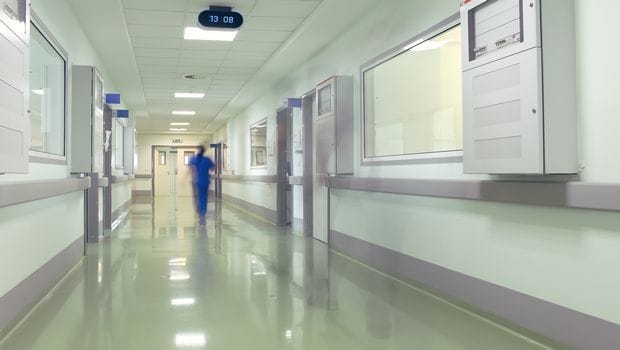
The floors of patient rooms in hospitals are often contaminated with healthcare associated pathogens, suggesting that hospital floors may pose a larger threat of infection than previously thought, according to a survey published in the American Journal of Infection Control.
“Efforts to improve disinfection usually focus on surfaces that are frequently touched (e.g., bed rails and call buttons),” Abhishek Deshpande, MD, PhD, of the Medicine Institute Center for Value Based Care, Cleveland Clinic, Cleveland, Ohio, and colleagues wrote. “Although healthcare facility floors are often heavily contaminated, limited attention has been paid to disinfection of floors because they are not frequently touched.”
The researchers conducted a survey of five Cleveland-area hospitals. Each hospital’s disinfectant routine consisted of having personnel clean high-touch surfaces in C. difficile infection (CDI) isolation rooms with bleach wipes. Hospital floors were cleaned with an ammonia-based solution after patient discharge, and were only cleaned upon admission if the floor was “visibly soiled.” Deshpande and colleagues took cultures from 1-foot-square areas from the patient floor adjacent to the bed and the adjoining bathroom floor, sampling a total of 318 sites in 159 rooms.


Comentarios recientes